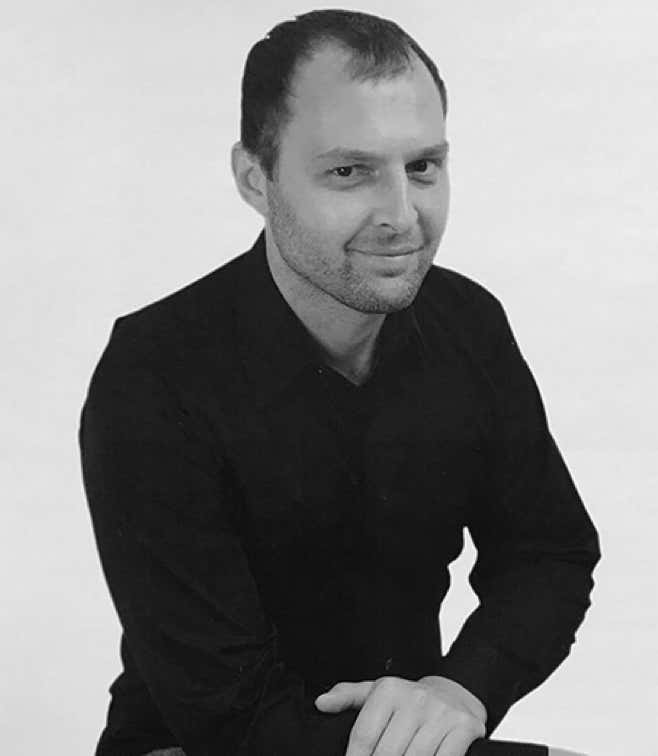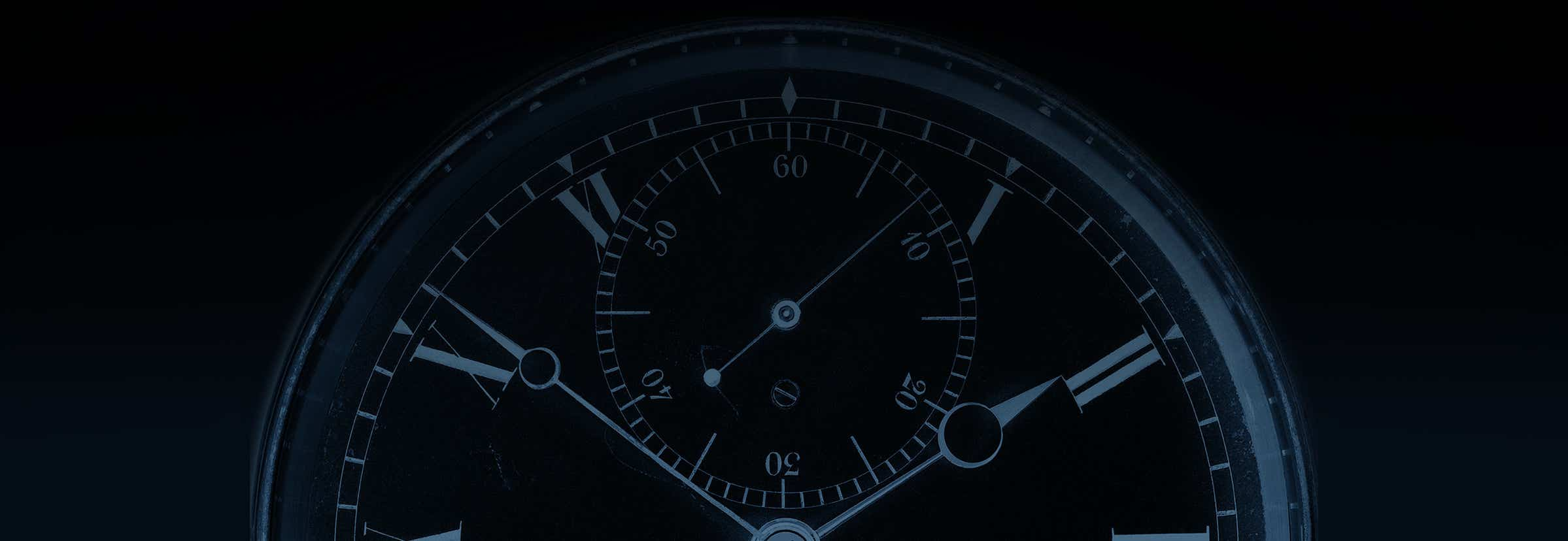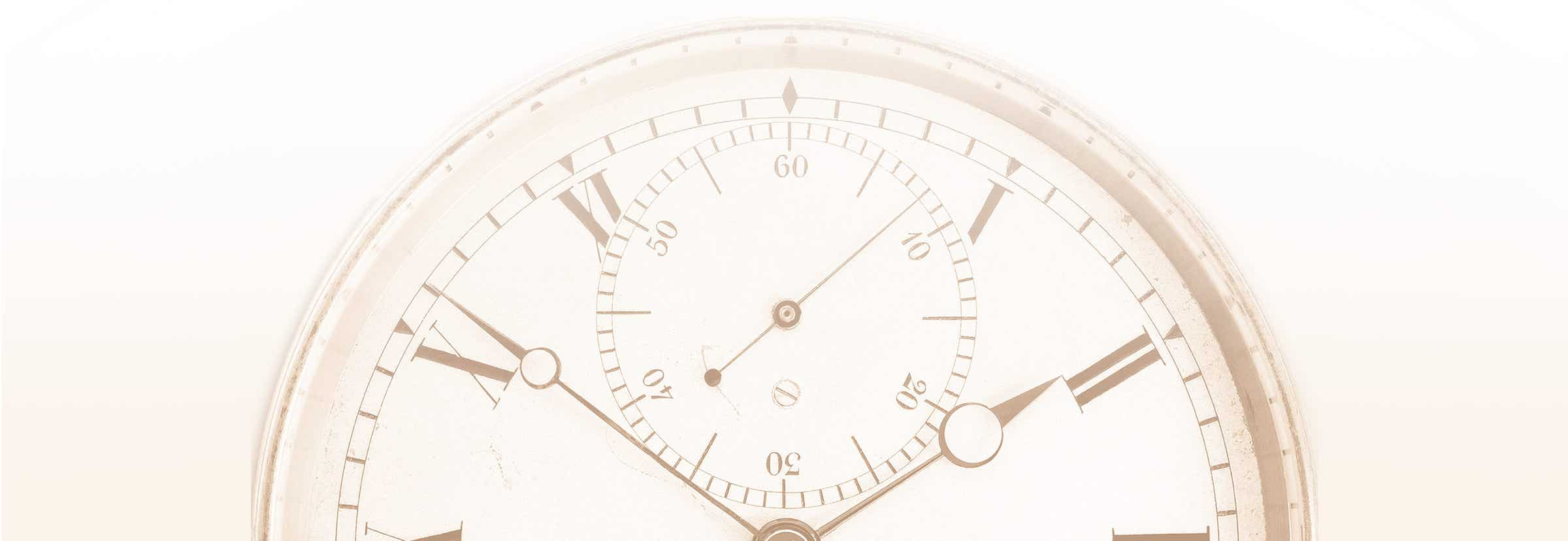WATCHMAKER
WATCHMAKER
INTERVIEW WITH BERNHARD ZWINZ

(excerpt from Wristwatch Magazine USA)

BERNHARD, FOR MANY PEOPLE, THE HOROLOGICAL HISTORY OF WINNERL IS RATHER UNKNOWN. CAN YOU TELL ME MORE ABOUT HOW YOUR INTEREST IN THIS 19TH CENTURY AUSTRIAN WATCHMAKER CAME ABOUT?
You might say the interest arose naturally after I had one of his ship’s chronometers in my hands, and learned that Winnerl originally also came from a farming family. It surprised me because there are so many parallels with my personal story….The short version is that, like Winnerl, I am also Austrian and also left my homeland to further and deepen my watchmaking experience ‘where the action was’; in my case Germany and Switzerland. After graduating cum laude from the Technical School (section watchmaking) in Karlstein, Austria I was really hungry to learn as much as I could about haute horology and complications; these are the kinds of things you have to learn from others and there were no sources for this in Austria at that time. So after school I worked with several companies: Roger Dubuis and Vacheron Constantin in Geneva and later Chronoswiss in Munich. 2001 was an important year for, because that is when I started to work in the Vallée du Joux at Philippe Dufour’s atelier. At the time his wristwatch was really taking off, and I had responsibility for the assembly and finishing of the Simplicity series for three and a half years.
Of course, Winnerl and I gained our watchmaking experience from different sources in different centuries, and ended up in different places, but the background, trajectory and tradition of learning and apprenticeship between us is identical. Furthermore, Winnerl’s concentration was mainly with the art of timekeeping itself for scientific and nautical purposes and less with the creation of fashionable timepieces. His work struck me as the purest form of watchmaking; I think I recognized my own tastes and preferences for a similar way of working that made Winnerl’s oeuvre very attractive to me.
WHAT DID YOU DO AFTER LEAVING PHILIPPE DUFOUR’S ATELIER?
I thoroughly enjoyed working with Philippe Dufour and it was an incredible experience, however, I really wanted to work with more different types of watches, movement and complications like tourbillons. For that reason I ended up setting up my own workshop, L’Atelier de Joux, in 2004, and for the last 14 years now I have been working for other brands such as Gruebel Forsey, H. Moser & Cie, Urban Jürgensen, MB&F and MCT. Although my workshop is small, I am able to cover everything from new movement designs, prototyping, all types of hand finishing, the assembly of tourbillons and repeaters and every kind of complication imaginable.
WHY YOU HAVE STARTED NOW WITH WINNERL AFTER ALL THESE YEARS?
It was a process that I did not want to rush in any way. It began with researching Winnerl’s history and patents, cataloguing existing timepieces and then designing the first movement and even some movements planned for the future. I wanted the first movement to be something Winnerl would be proud of were he alive today. So it is a completely new movement; I designed all the parts and calculations myself embedding as much of Winnerl’s ideas in the watch as possible. The parts were all made to my specifications, mostly by Andreas Strehler, who is a good friend of mine.
This first Winnerl wristwatch is truly a ship’s chronometer for the wrist, inside and out, and in fact it is the first wristwatch movement of its kind incorporating a unique balance wheel design taken directly from Winnerl’s chronometer No. 80. Despite being more than 175 years old, this chronometer number No. 80 keeps better time than any quartz watch, with just a cleaning and oiling. The austere, seemingly simple design was perfectly executed, with exceptional craftsmanship in every detail. My personal feeling is that if Winnerl – a no-nonsense kind of guy – were here today, and was suddenly introduced to the wristwatch form, he would likely start off making wristwatches with direct inspiration based on his ship’s chronometers. Such a small, and highly accurate timekeeper like that would have been unknown in his day, and a kind of marvel.
IF WINNERL WAS SO WELL KNOWN AND ACKNOWLEDGED IN HIS DAY, WHY IS HE NOT MORE WELL KNOWN TODAY?
I think there are a number of reasons behind that. Many collectors today do not realize that watchmakers in previous centuries often had to make a choice between pure watchmaking for specialized nautical or scientific applications, or creating timepieces for the public, dependent upon their professional or economic needs. In very rare cases, you might find specialized and public watchmaking being created by one workshop or individual. A typical example of pure watchmaking everyone today might know is perhaps John Harrison; he only made clocks for public use, and chronometers for finding the longitude at sea, along with a few regular pocketwatches for himself and an acquaintance or two. Breguet represents the other extreme: almost all of his watches were created for his numerous, very rich private clientele, often with the goal of
exclusivity or status – despite Breguet’s inventivity and horological improvements.
Very few pocketwatches by Winnerl survive, and those that do are rather sober, keeping to the idea of ‘tool watch’ with the primary focus of timekeeping. This is because the majority of his watchmaking centered on marine chronometers, many of which were made specifically for the French Navy or for observatory and scientific applications. So, you can really say Winnerl was what I would call ‘the watchmaker’s watchmaker’. As I mentioned, this also forms another part of my attraction to his timepieces and inventions.




